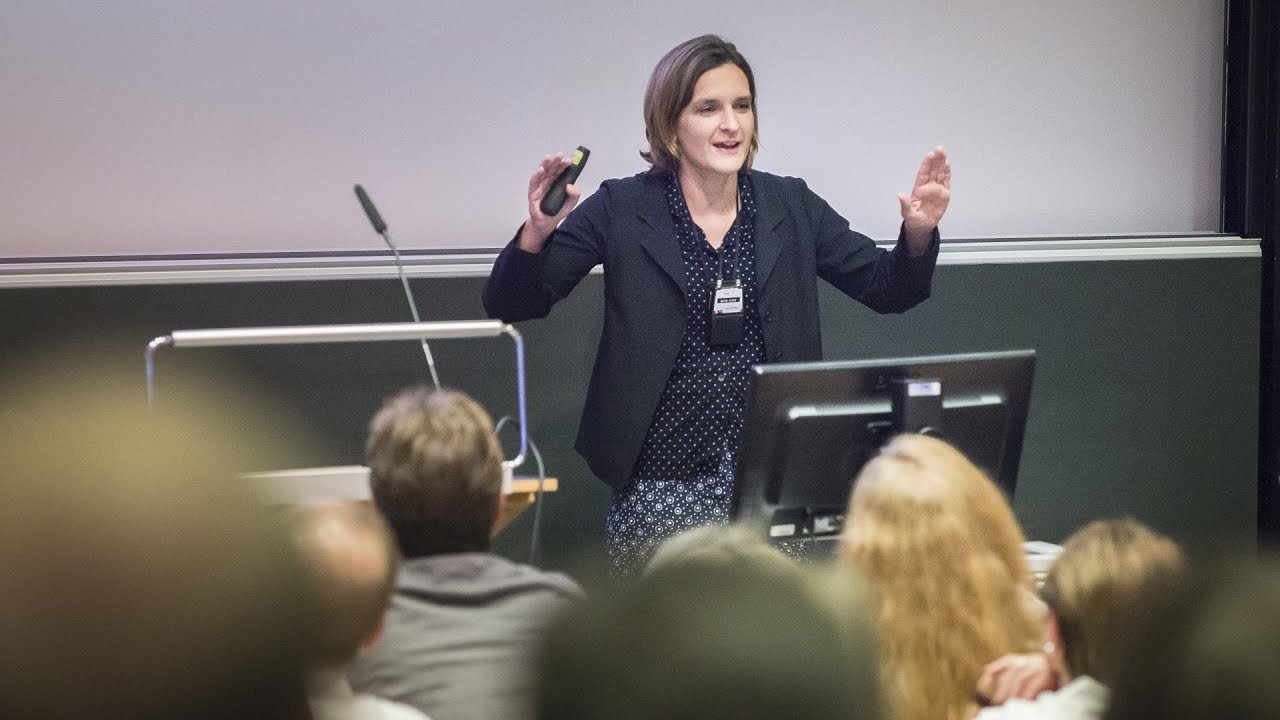Newspapers would have titled this material “Nobel laureate defended the freedom of Russia.” It happens that your old photos come to life, and this is the most valuable gift for a photographer. I photographed these guys on August 19, 1991, near the White House. I’ve always wondered who they are. The frame was published more than once, entered our book (“91/93”), got on the cover of one of the sections of last year’s memorial project about August 1991. In October 2019, a woman “knocked” on my Facebook account.
She wrote: “I have long dreamed of finding photographs of those days. And today my husband found one! And even bought your book from Zakharov’s publishing house. Amazingly joyful day today. At that moment I was a sophomore of the 2nd honey, became a pediatrician, a neonatologist The boy between the girls – my childhood friend from KYUI (the club of young art critics in the Pushkin Museum) became a chemist, now lives in Boston. And today he flew to Moscow for a couple of days. His classmate raises his hand on the right. There were several of our photos at the exhibition a long time ago But at that moment we did not think about photographs at all. Only the ideals of freedom worried us. And now – the most important thing …
A girl in white trousers with a poster – Esther Duflot became a Nobel laureate in economics a week ago! A close French friend of mine who spent her holidays with us, and even lived for almost a year with us in Moscow. She currently teaches at MIT (Massachusetts Institute of Technology) in Boston. One of these days she will turn 47. “
It remains to add that Yulia herself, who found me, is also in the picture. She became a renowned neonatologist. Moreover, among my friends there are those whom she helped at one time. The right-most young man in the picture also went to America, has more than 100 inventive patents, which his company uses in production. I do not give names, because I could not ask everyone’s permission. But I sent them this shot in maximum quality, and the most important thing is that people now have this memory, and I know who my heroes are.
The prize that Esther Duflo received recently is officially the Alfred Nobel Memorial Prize in Economics and was established in 1968 by the Bank of Sweden, along with her Indian husband and another colleague (all based in Massachusetts) for developing a scientific methodology she studied Russian at school, then studied history and economics at a prestigious French university, completed her diploma in Moscow, then studied at MIT, was engaged in field research in Africa, India and Southeast Asia.
There are many unexpected ideas and information in their work. For example, how to improve school performance with the help of anthelmintics. Or what the poor are actually buying.
In her laureate lecture, Duflot demonstrated my photograph on the screen. Ekaterina Shulman also spoke about Duflot’s works.
This story, published on Facebook, unexpectedly gained wide popularity for me, it was reprinted by several newspapers, in particular, Moskovsky Komsomolets (though accompanied by a very strange title).
It turned out that my colleague photographer Artem Chernov also shot Esther Duflot that day. So far it has not been possible to find out the name of the photographer standing next to the young people – after all, he also has such pictures. Moreover, Julia wrote to me: “At the exhibition a long time ago there were several of our photos. But at that moment we did not think about photographs at all. Only the ideals of freedom worried us.” I would like to find these pictures too.
This has happened to me more than once. About six years ago I met a man from October 93, about whom I thought he was dead. Before that, an American journalist suddenly fell on me, after many years investigating his injury in Ostankino in October 1993. There he was saved by my doctor friend, a memorial, a member of the Voloshin volunteer brigade named after poet Voloshin, about which I once filmed a story, and then participated in the investigation of the events by Memorial. In my photographs from Ostankino, the American found confirmation of his version of events.
I understand that photography will not revive anyone and will not return the past. But sometimes old photos are intricately intertwined with the present, and then you realize that you were shooting for a reason.
First published on the author’s Facebook


